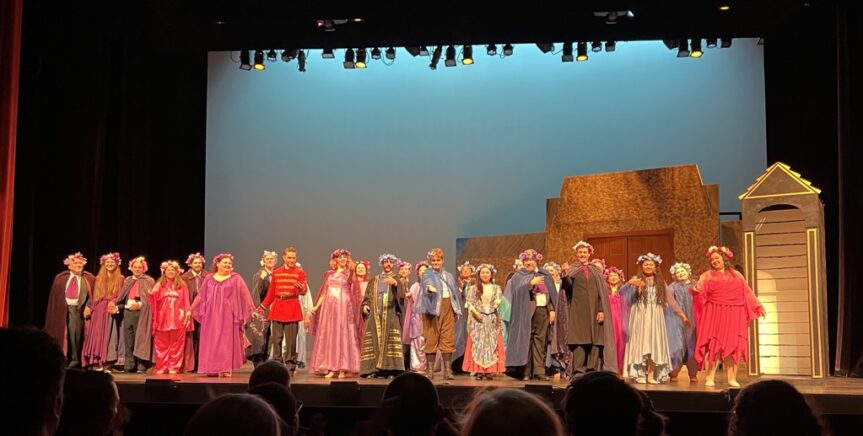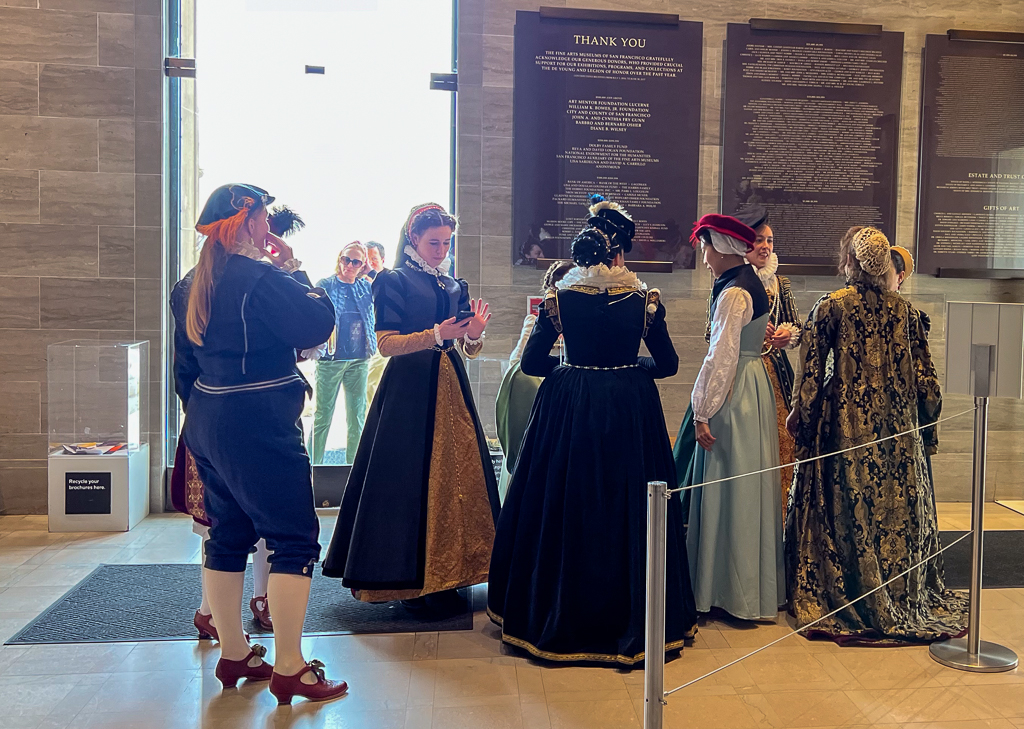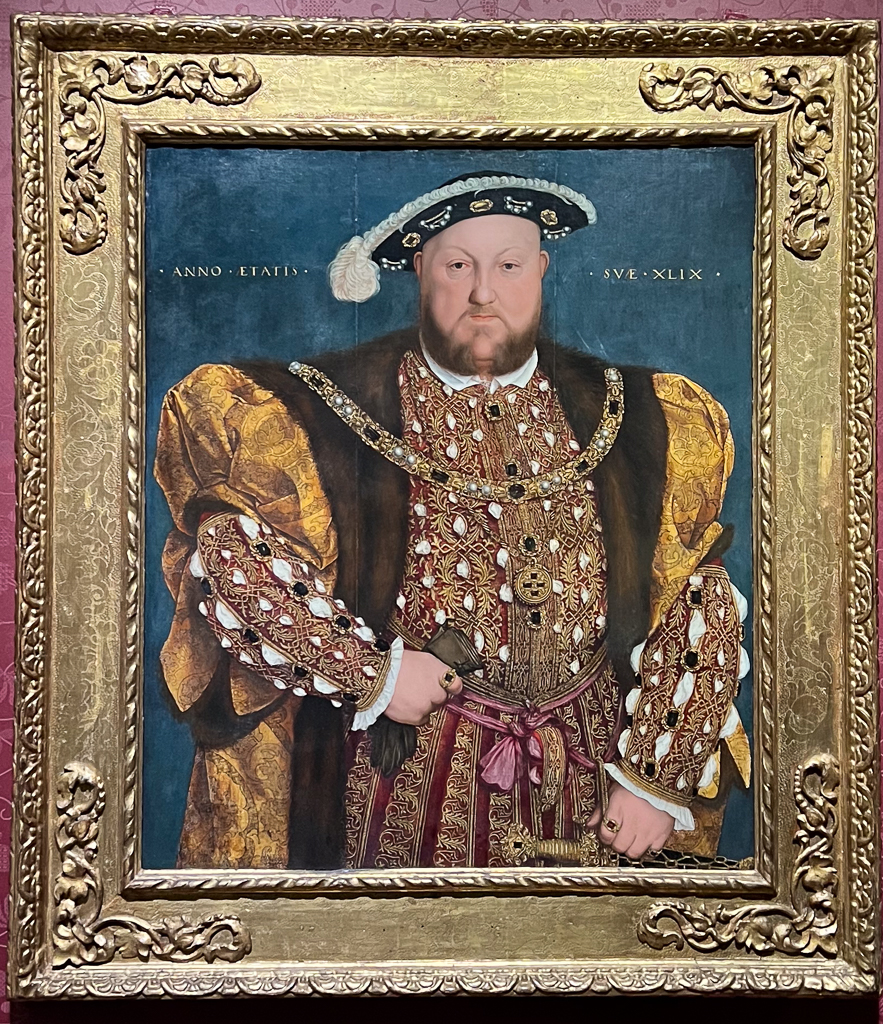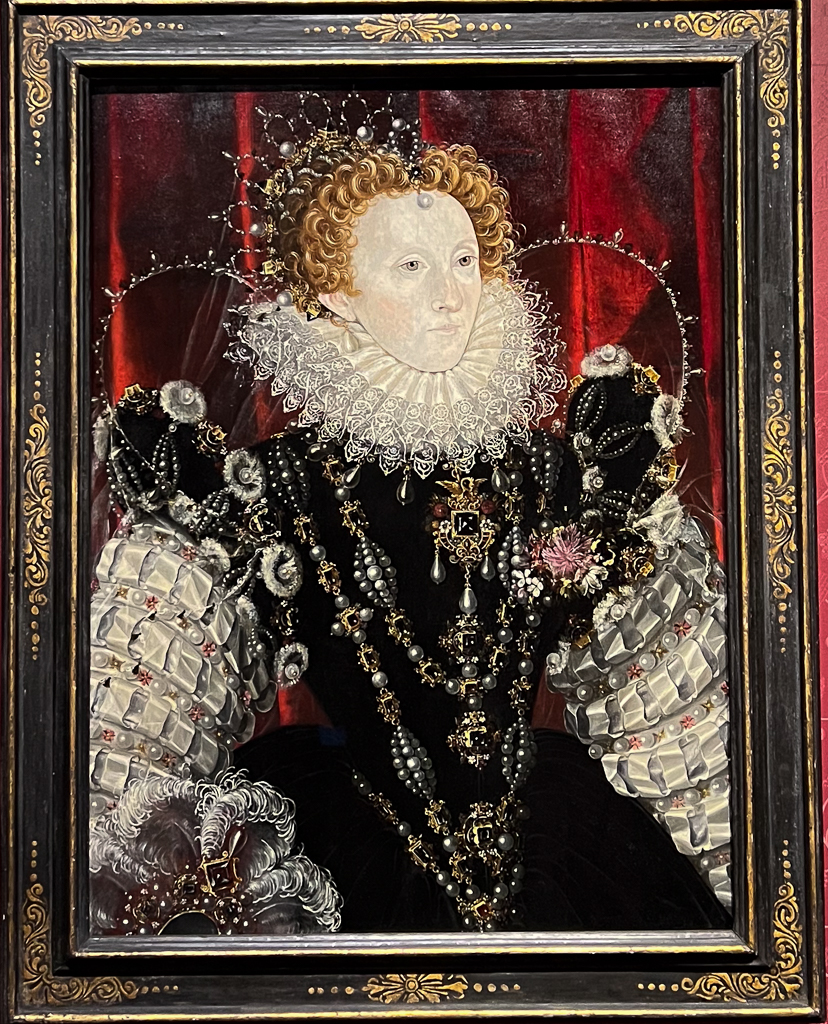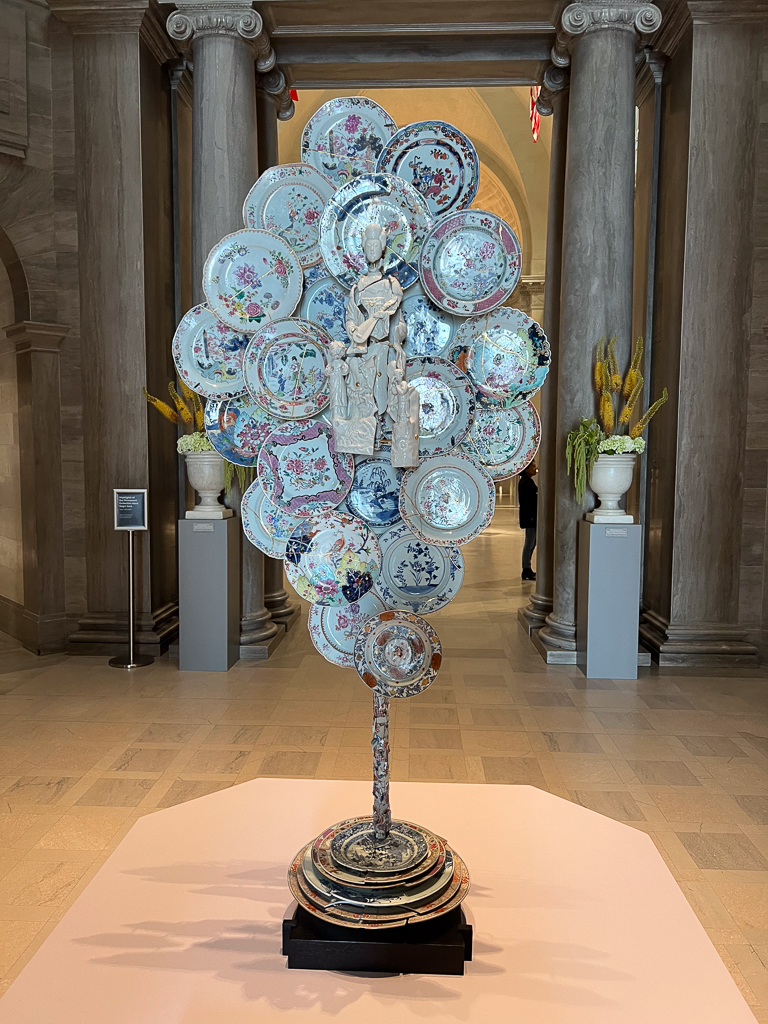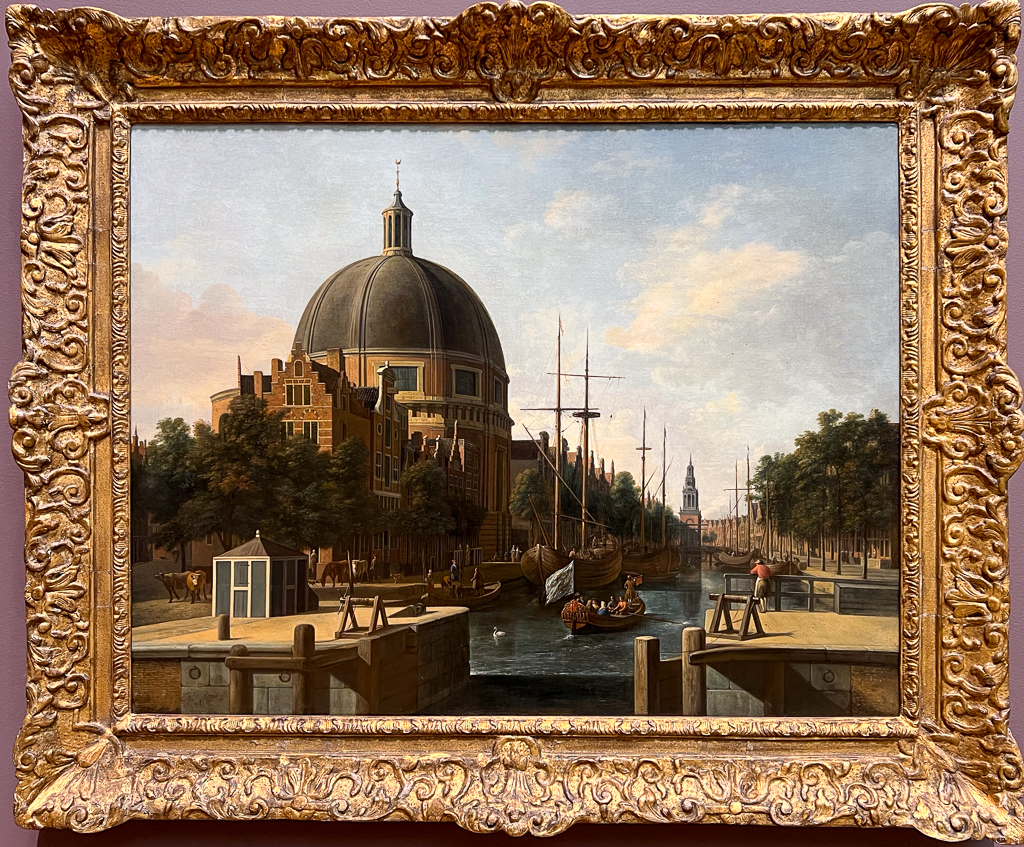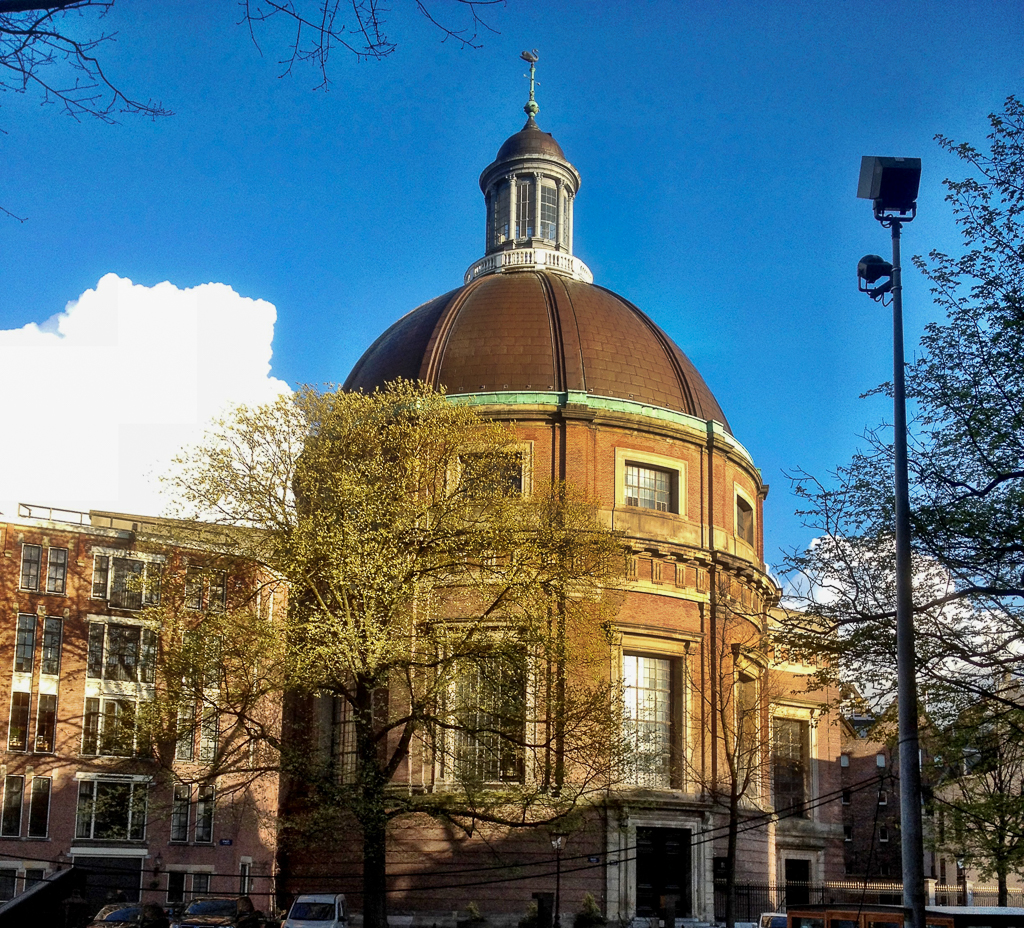This afternoon, we went back to the Hammer to see Lyric Theatre‘s production of Iolanthe, which has two more performances next weekend. I quite enjoyed it. This was the second time I’d seen Lyric do Iolanthe; the first was in 2015, and it didn’t seem quite as politically pertinent then!
After the production, we went to Lyric’s 50th Anniversary Gala on the fourth-floor terrace of the Hammer; it was a nice evening, and I was happy to run into old friends from IBM and ham radio, Weo and Sharon.
This evening, we started the process of getting bids for the new Kia EV-6 we want to buy. I’ve sent out requests through Costco Auto Program (which only put us in contact with one dealer) and Consumer Reports Build and Buy (aka TrueCar), which has gotten responses from four dealers (so far). The Consumer Reports system also showed prices from those dealers, and it was interesting to see how much the offers varied for similar cars; the dealer closest to us (Capitol Kia) had the highest price, and the next closest dealer (Stevens Creek Kia) had the lowest price.
We’d like to get the car in Yacht Blue, but that seems to be a very rare color for the trim we want (Wind RWD).
The other question is whether to buy or lease. Leasing makes the $7500 tax credit available, but has other disadvantages (like the interest rate they charge), though apparently you can just buy out the lease immediately and pay very little interest (tens of dollars) and still recoup the tax credit. I’ll have to look very carefully at that once we have a car and price in hand.
And I want to get offers for the Subaru that the Kia will replace; I’ve found a list of online purchasers on Leasehackr and will start contacting a few of them tomorrow. I created a temporary email address and phone number for this process so that I can make it Go Away when we’re finished!
